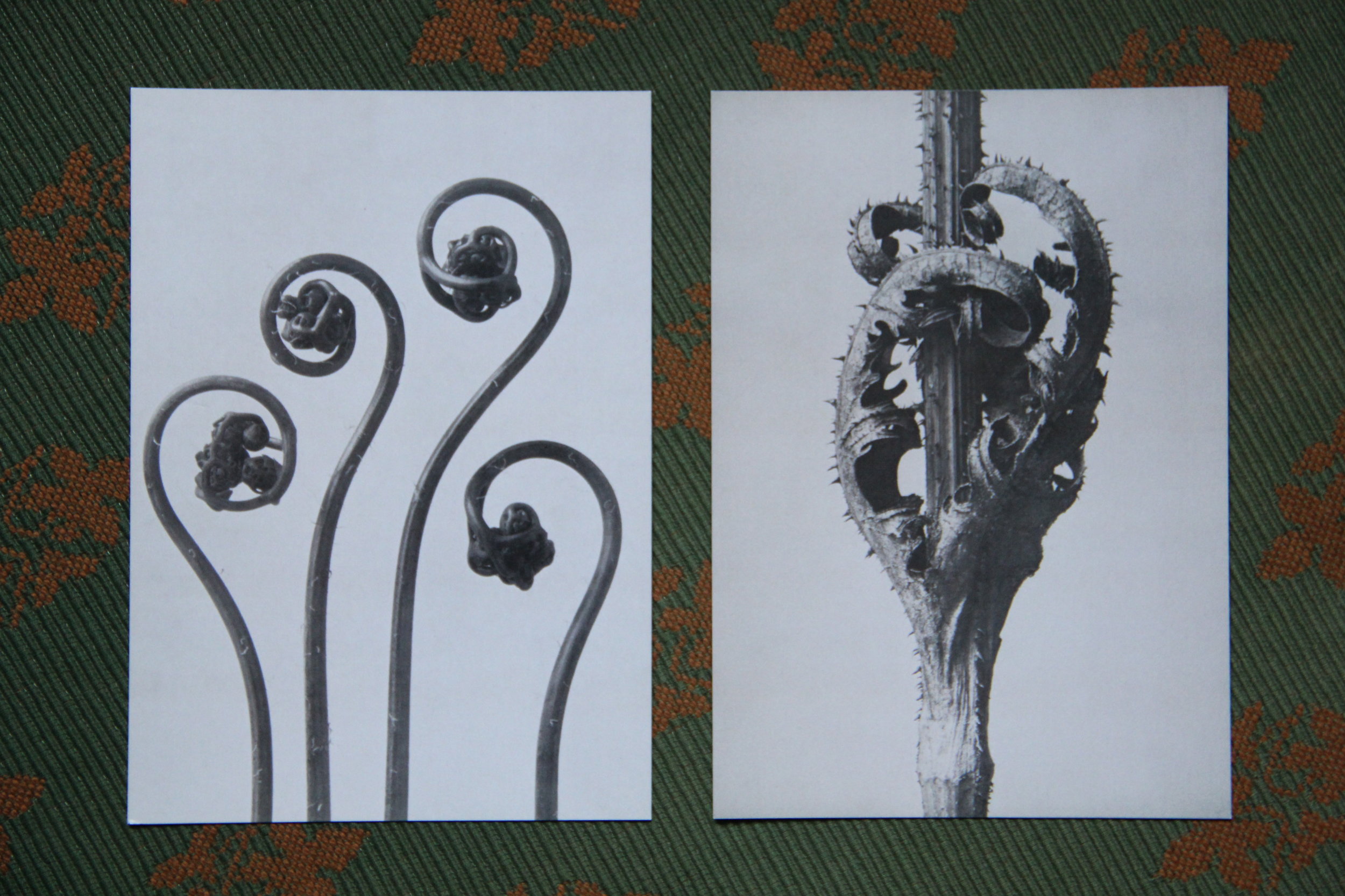Karl Blossfeldt in black & white
"Nature educates us into beauty and inwardness and is a source of the most noble pleasure."- Karl Blossfeldt
First an innovator , then a pioneer and later in his life, Karl Blossfeldt was to become a key figure of 20th Century photography. Born June 13, 1865, German-born Karl Blossfeldt went on to study music, painting and sculpture in Berlin at the Royal Museum of Arts and Crafts from 1884 to 1891. After his school years, he traveled to North Africa and Southern Europe, specifically Italy and Greece, where he went and collected plant specimens.
After returning to Germany, Blossfeldt was a professor at the College of Arts and Crafts in Berlin in 1898 where he remained for 30 years, educating students in the sculpture of living plants . In 1899, after teaching himself photography, he created a series of homemade cameras that he used to photograph plants collected on his travels. These majestic plant portraits, shot in black and white, were used as aids to teach the students about the beauty of nature seen through his intimate view of flora. The cameras he created photographed at a magnification of up to 30x which allowed him to focus the lens on the details of seed pods, curling tendrils and fronds, leaf shape, and leaf buds. These subjects were all photographed against stark backgrounds, which further enhanced the minute details otherwise lost to the naked eye; by turning macro images into sculptural subjects, he emphasized the structure and pattern of the flora and encouraging our contemplation through magnification.
Karl Blossfeldt, who was working at the crossroads of Art Nouveau and Modernism, was a pioneer for a modern new movement called 'The New Objectivity', where objects are photographed removed from their actual context causing the focus to be the sharp clean lines of the subject, bringing a more documentary type approach to photography. Over the course of 35 years, he shot around 6,000 images and his work continues to influence many architects and artists, which can be picked up in the work of Robert Mapplethorpe. It has been speculated that Blossfeldt's work may have been an influence on Frank Lloyd Wright, especially when he was planning the design for the Guggenheim Museum in New York City. To Blossfeldt, Nature and Art were no different in his eyes, and to honor this relationship he once stated, "All forms created by man had their origins in nature.' Though the technique and style of photography were ahead of its time when they were created, Karl Blossfeldt and his work is still considered very relevant and modern in our times.




